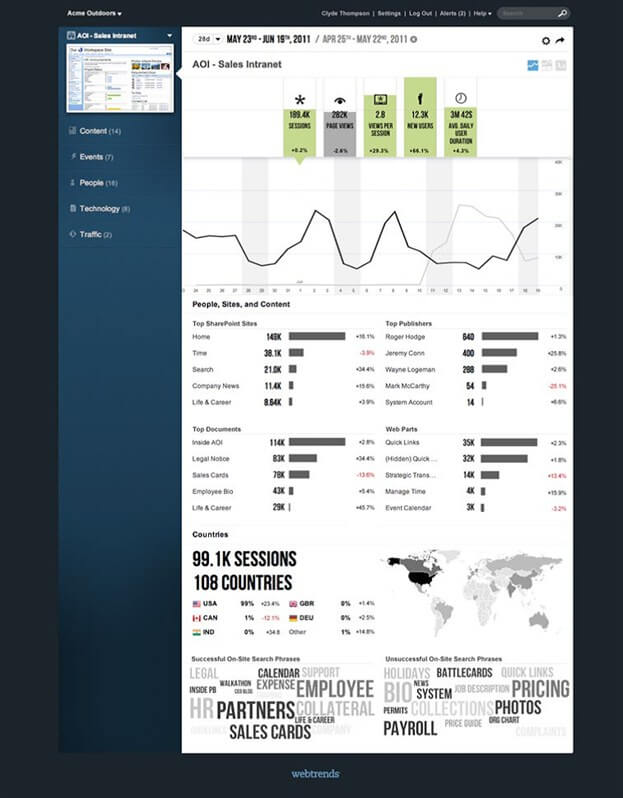Blog Posts
In case it wasn’t clear before, the release of Forrester Research Inc.’s first ever August 2011 “The Forrester Wave™: Enterprise Social Platforms, Q3 2011” report further cements what we at NewsGator have been experiencing first hand – enterprise social is not a niche, fad, or point solution, it is the future of work in the enterprise and that future is now.
NewsGator is positioned solidly among the handful of Enterprise Social Platform leaders, all selected, “due to breadth and depth of functionality and long-range strategy.” That last part is key. We were early into the social computing revolution and our close relationship with Microsoft gave us an inside track on delivering social capabilities to the enterprise as a global platform capability – not just a siloed, point solution.
When we first partnered with Microsoft and began building what would become Social Sites, it was with a goal of targeting the entire enterprise, infusing it with a new connective tissue for communicating, collaborating, and working


